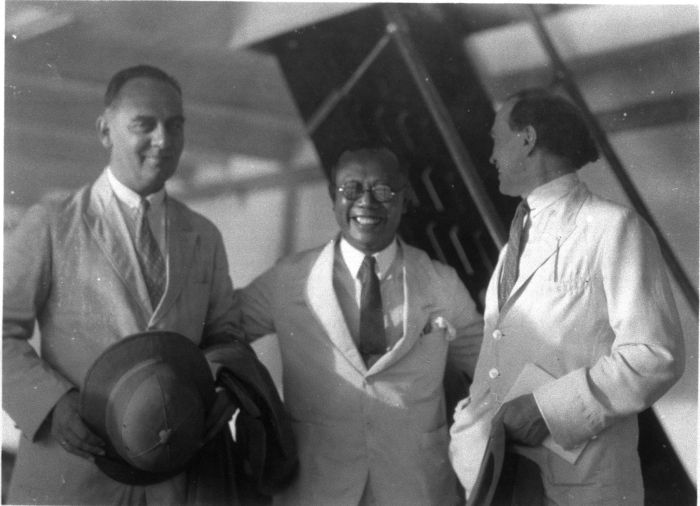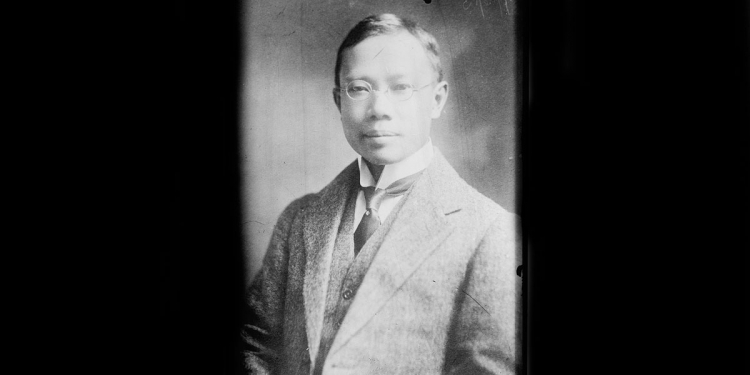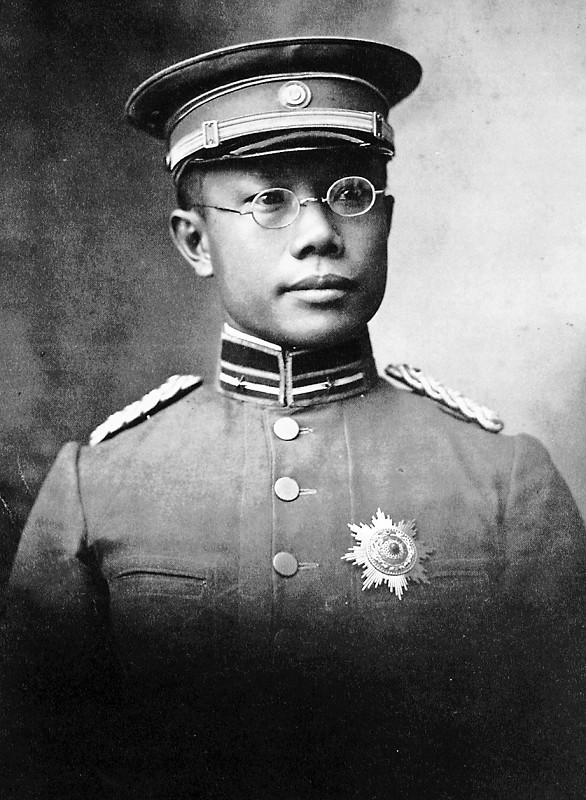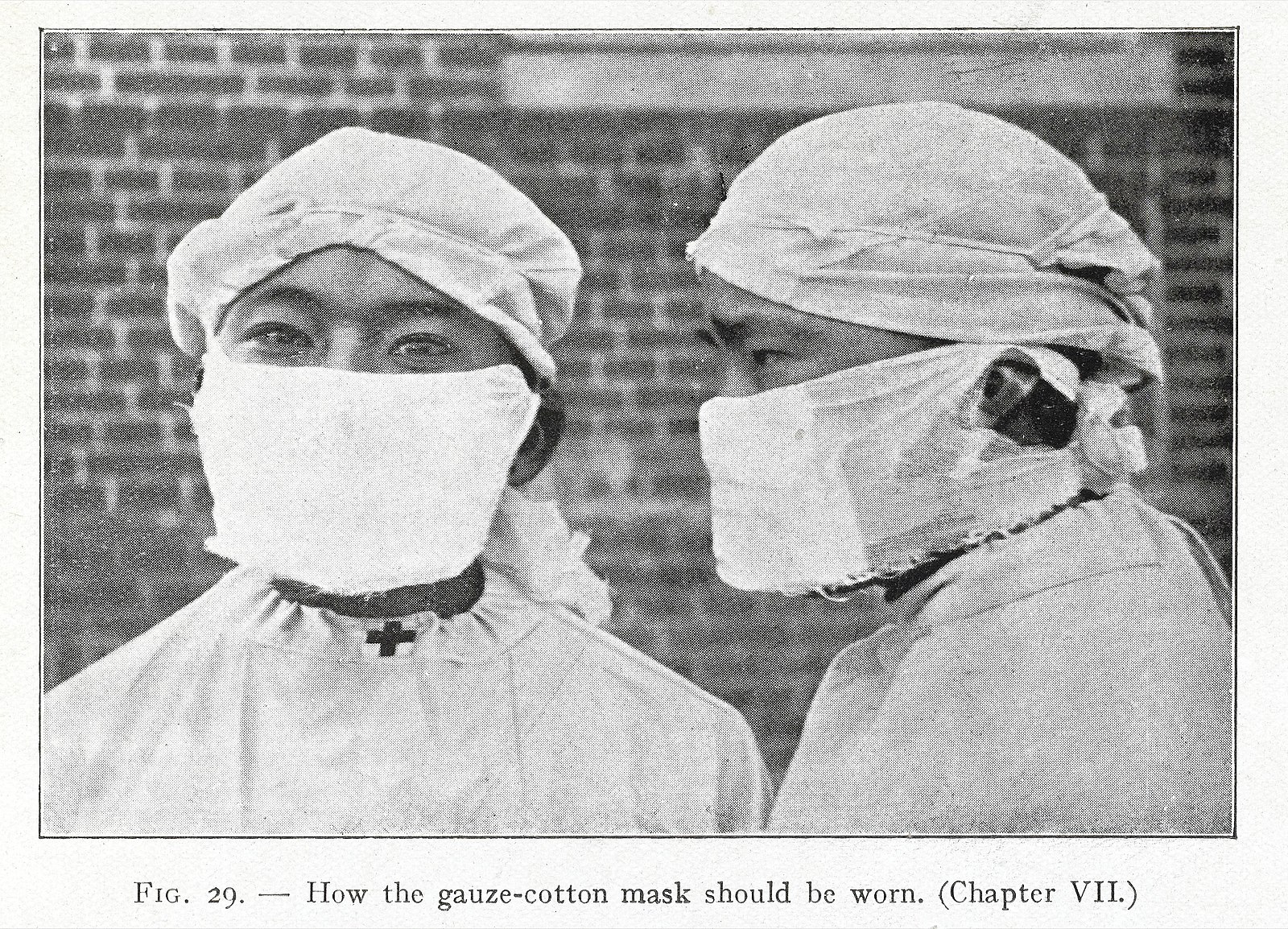Face masks play an important role in the “new normal” that we find ourselves in, with authorities still advising the use of face masks in public to help curb the spread of COVID-19. However, how many of you knew that the use of face masks for the public as a way to combat epidemics was first introduced in China by a Malaysian-Chinese doctor?
In the early 1900s, China was battling a pneumonic plague—the Manchurian Plague—that reportedly claimed 60,000 lives in northeast China. Wu Lien-teh, a Malaysian-Chinese doctor from Penang, was sent over to help with the efforts against the plague, along with other medical experts. In time, Wu found that the plague was a pneumonic plague that could spread via droplets in the air.

Consequently, Wu implemented several measures that should now be familiar to us in 2020. The use of quarantine centres is one, although Wu also introduced the idea for the public to use face masks as a preventive step against transmission of the disease. The masks were supposedly designed by Wu himself, although it was fairly simple in nature—surgical gauze folded around cotton, which is then wrapped around a person’s head.
After some initial resistance from other medical experts, the use of face masks began to pickup in China. Eventually, Wu helped to produce and distribute 60,000 of these masks, with the design used as a template for future face masks as safety measures. The Manchurian Plague eventually subsided during 1911, and the crucial role that Dr Wu Lien-teh played during the epidemic is one that is well-documented around the world.
Later on, Wu was appointed as the director of the Manchurian Plague Service, while he chaired the International Plague Conference in Shenyang—a conference that was attended by scientists from all over the world. After becoming the first Malaysian ever to be nominated for a Nobel Peace Prize in 1935, the Penang-born Malaysian eventually returned to Ipoh, Perak to set up a local practice.
While the use of face masks by medical professionals is one the pre-dates Wu’s suggestion, these weren’t common practise for the public during an epidemic. As such, the young doctor’s suggestion formed the basis upon which many epidemic/pandemic containment measures are based on, even in 2020. Thank you, Dr Wu, from one Malaysian to the other.










